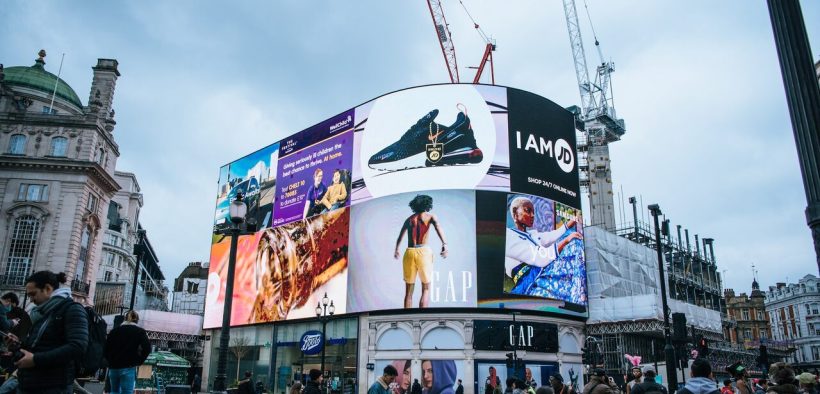Share

A forecasting report by Dentsu predicts that global advertising spend will balloon by 4.6 percent in 2024 and peak at US$752.8 billion.
Analysing the trends and habits of 58 markets worldwide, Denstu’s free bi-annual ‘Global Ad Spend Forecasts’ reveals the 4.6 percent growth year-over-year for the ad industry is considerably faster than last year’s pace.
The report analyses real-time global financial data to spot changes and pivots in the ad spends of different media channels depending on their dedicated sector and region.
Digital takes the cake for the main driver
The report predicts digital ad spending to hit US$442.6 billion next year and represent nearly 60 percent – 58.8 to be exact – of global advertising spend.
While the slowdown to a single-digit growth – 6.3 percent – that reigned in the new year in 2023 will continue in 2024 and eventually plateau over the next few years to 2026, Dentsu anticipates digital to be the primary driver of global ad spending.
Digital will be responsible for the most incremental ad dollar investments, copping an additional US$27.1 billion spend in 2024.
Media channels scramble to cover a big year ahead
Media price inflation is the culprit for this significant leap, as global advertising spend at constant prices speculates a 2024 increase by only 2.5 percent, when compared to last year’s spending.
Additionally, the report suggests advertisers would be wise to capitalise on the valuable media opportunities provided by next year’s UEFA Euro 2024 and the US presidential election.
Denstu’s global practice president of media Will Swayne says next year’s cultural and political milestones offer channels a golden opportunity for “creating positive growth in ad spend.” However, Swayne warns against a sole metric focus on overall spend.
“For the first time, we have conducted a deep dive analysis into market GDP and population as new alternative ad spend benchmarks for our clients,” says Swayne.
Major sports events in the third quarter will produce the peak of global ad spend at 5.5 percent, whereas the first quarter will play host to the slowest growth rate of the year at 4.2 percent.
Portion of GDP matches last two decades
Next year’s advertising spend is predicted to cover, on average, 0.75 percent of the gross domestic product (GDP) of the countries pooled – included but not limited to USA, China, Japan, UK, Germany, France and Australia. This figure aligns with the average GDP indicator monitored over the last 20 years at 0.70 percent.
Advertisers will also spend 75 percent more per capita than two decades ago – $139 next year compared to $80 twenty years ago.
Garnering audience attention favoured over pure reach
Swayne comments on how the onslaught of ads dumped on audiences incentivises ongoing brainstorming of new ways to deliver effective and memorable advertising.
“We are seeing an increased focus on planning and buying for attention, over pure reach, as more brands seek to maximise their return on investment and capitalise on the attention economy tools available to them,” explains Swayne.
Dentsu suggests retail media investments in the digital sphere will cover the most ground with a 17.2 percent three-year compound annual growth rate (CAGR), with paid social investments closely following at a 12.3 percent three-year CAGR.
Accounting for over 70 percent of digital ad spend, programmatic channels will also rise by double digits at a 10.2 percent three year CAGR.
TV strikes back and region-specific growth
Although the past two years have witnessed a notable decline in TV ad spend, next year will see TV make a comeback with a 2.9 percent growth and 23 percent of annual ad spend. Connected TV will climb almost twice as fast as 2023 and undergo a 30.8 percent growth.
The Americas spawns the largest amount of ad spend and next year will supersede the Asia-Pacific region as the most flexible and adaptive with a 5.8 percent growth.
Read about how AI will affect the marketing playbook in 2024.














